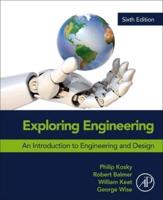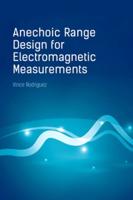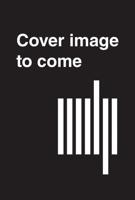Publisher's Synopsis
In 2009, the U.S. Geological Survey, in cooperation with the City of Santa Cruz, conducted bathymetric and topographic surveys to determine the water storage capacity of, and the loss of capacity owing to sedimentation in, Loch Lomond Reservoir in Santa Cruz County, California. The topographic survey was done as a supplement to the bathymetric survey to obtain information about temporal changes in the upper reach of the reservoir where the water is shallow or the reservoir may be dry, as well as to obtain information about shoreline changes throughout the reservoir. Results of a combined bathymetric and topographic survey using a new, state-of-the-art method with advanced instrument technology indicate that the maximum storage capacity of the reservoir at the spillway altitude of 577.5 feet (National Geodetic Vertical Datum of 1929) was 8,646 85 acre-feet in March 2009, with a confidence level of 99 percent. This new method is a combination of bathymetric scanning using multibeam-sidescan sonar, and topographic surveying using laser scanning (LiDAR), which produced a 1.64-foot-resolution grid with altitudes to 0.3-foot resolution and an estimate of total water storage capacity at a 99-percent confidence level. Because the volume of sedimentation in a reservoir is considered equal to the decrease in water-storage capacity, sedimentation in Loch Lomond Reservoir was determined by estimating the change in storage capacity by comparing the reservoir bed surface defined in the March 2009 survey with a revision of the reservoir bed surface determined in a previous investigation in November 1998. This revised reservoir-bed surface was defined by combining altitude data from the 1998 survey with new data collected during the current (2009) investigation to fill gaps in the 1998 data. Limitations that determine the accuracy of estimates of changes in the volume of sedimentation from that estimated in each of the four previous investigations (1960, 1971, 1982, and 1998) are a result of the limitations of the survey equipment and data-processing methods used. Previously used and new methods were compared to determine the recent (1998-2009) change in storage capacity and the most accurate and cost-effective means to define the reservoir bed surface so that results can be easily replicated in future surveys."









